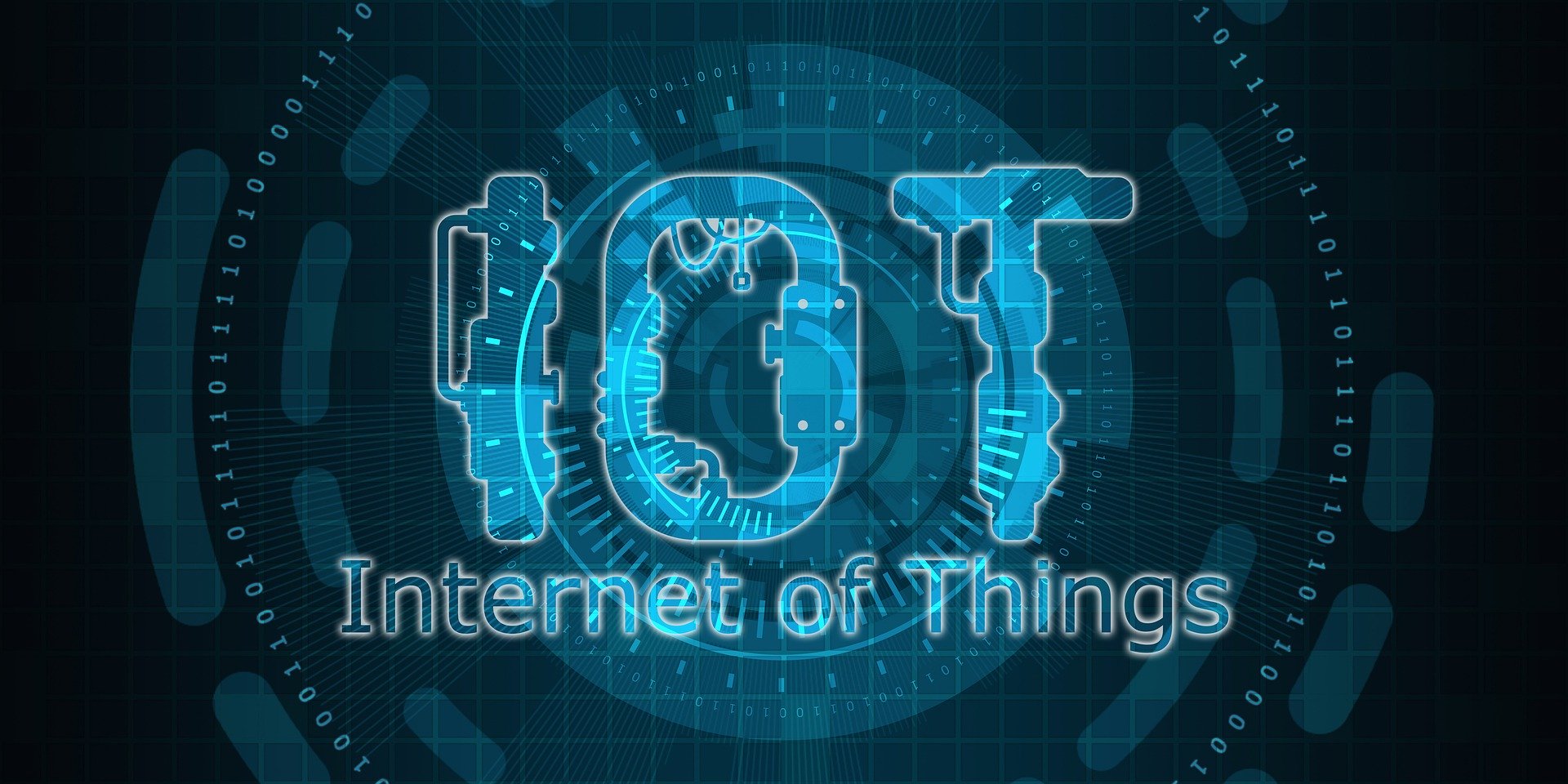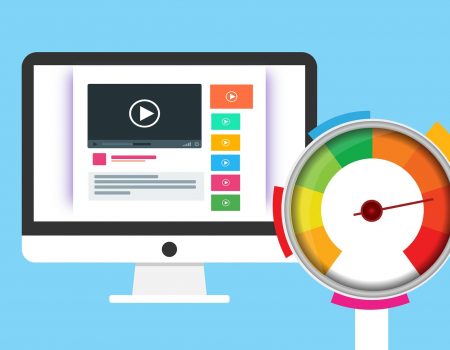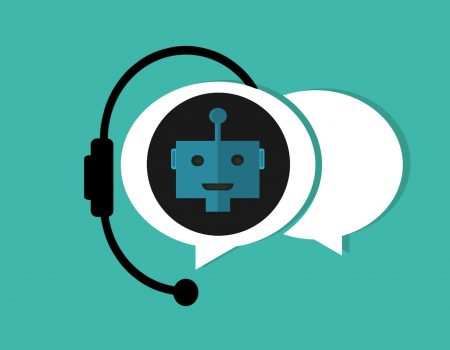Internet of Things Set to Scale up the Farming Sector

Our Recent Posts

October 22, 2019
Acting Upon User Feedback Helps Improve Website Performance
Any company that acts upon the feedback received from customers...

October 20, 2019
How Enterprises Stand to Gain by Artificial intelligence Chatbots
Artificial Intelligence chatbots have become an integral part of all...

October 18, 2019
Internet of Things Shaping the Healthcare System
The internet of things (IoT) has drastically altered the manner...
